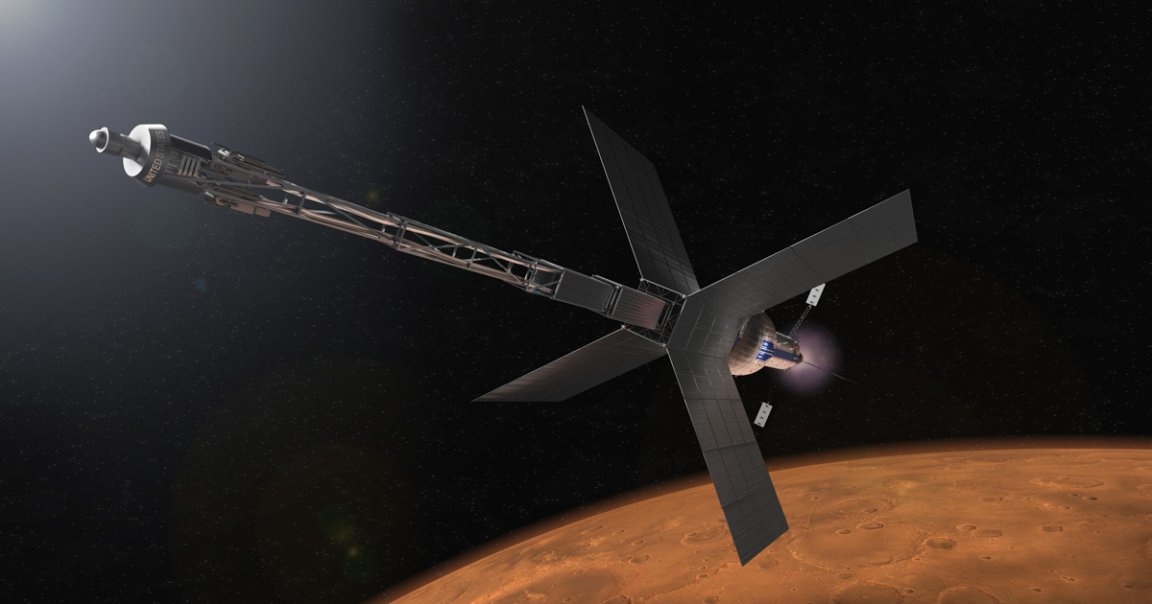
Space Nukes
On Wednesday, U.S. President Donald Trump signed Space Policy Directive-6 (SPD-6), which lays out a plan to explore the cosmos using nuclear fission.
Basically, SPD-6 is a call to develop and promote nuclear reactors to power bases on other worlds, according to Space.com‘s breakdown, as well as nuclear propulsion systems for the rockets that will get us there. NASA is by no means a stranger to nuclear power, but further boosting the technology could help make it easier to establish base camps on the Moon, Mars, and potentially beyond.
Blasting Off
NASA has used nuclear propulsion systems plenty of times, like with both Voyager probes as well as the New Horizons and Curiosity missions, Space.com reports. But SPD-6 calls for a more extensive use of nuclear propulsion, something that experts say could vastly improve the ability to reliably travel to and from Mars and other worlds.
“Space nuclear power and propulsion is a fundamentally enabling technology for American deep-space missions to Mars and beyond,” National Space Council executive secretary Scott Pace told Space.com. “The United States intends to remain the leader among spacefaring nations, applying nuclear power technology safely, securely and sustainably in space.”
Settling Down
If the U.S. actually reaches other worlds, SPD-6 also calls for the development of nuclear reactors that would help the space agency stay there.
NASA is already developing small reactors to sustain a base or colony on the Moon — and eventually Mars. Now the new directive calls for them to be ready by the end of the decade.
READ MORE: Trump signs Space Policy Directive-6 on space nuclear power and propulsion [Space.com]
More on nuclear energy: NASA Is Looking for Someone to Put Nuclear Reactors on the Moon